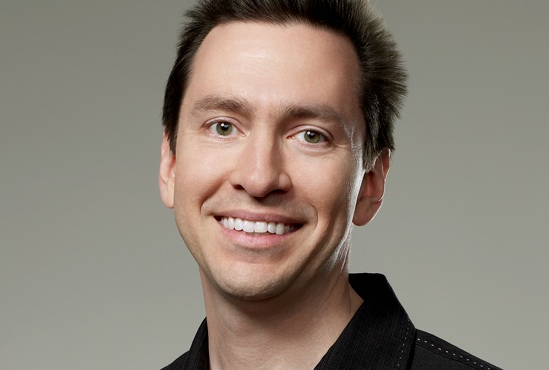It’s day 5 in the ongoing patent trial between Apple and Samsung, and Scott Forstall, Apple’s SVP of iOS software, is on the witness stand. As you can imagine, his time under oath has been fairly interesting thus far.
Earlier this afternoon, we told you about the internal email from Eddy Cue to Forstall that talked about Jobs’ interest in a 7-inch tablet. And now we’re moving on to the early days of Apple’s smartphone project…
Forstall says, as a lot of us already knew, that the iPad essentially came before the iPhone. Back in 2003, Apple started working on a tablet, but after making some advances, the conversation turned to smartphones.
In 2004, Forstall assembled a team to build the iPhone, or as they called it, “Project Purple.” The team took over an entire building on Apple’s Cupertino campus and put up a bunch of doors with security card readers. They codenamed this facility “Purple Dorm,” and put up ‘Fight Club’ posters around the office to remind folks not to talk about the project.
The Verge reports from the court room:
“Forstall on how he recruited what was then the iPhone OS software team: “So this was a real challenge. Steve gave me a difficult constraint, and that constraint was — he didn’t want, for secrecy reasons, for anyone outside of Apple to work on the user interface…. So I had to find people within Apple to work on that. But he told me I could move anyone within the company to that team.”
And finding people for this team wasn’t easy. Forstall had to ask for a significant amount of commitment from potential members, while offering very little information about what they’d be working on:
“Forstall describes that he would begin by bringing “superstars” into his office and tell them “We’re starting a new project. It’s so secret I can’t even tell you what that project is. I can’t tell you who you will work for… What I can tell you is that if you accept this project you… will work nights, you will work weekends, probably for a number of years.”
Of course, this history lesson was also accompanied by a series of questions from attorneys, as Apple continues to try to prove that Samsung intentionally copied its designs. Samsung, for its part, is trying to prove that it’s common for companies to get inspiration from their competitors when building products. And they’ve even suggested a few times that Apple has borrowed ideas from them.
The funny thing is, this is just the first week of the trial. Expect things to heat up as we get further in.
